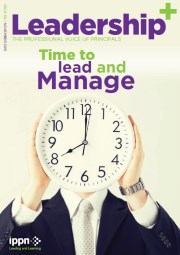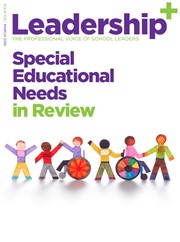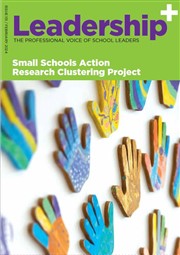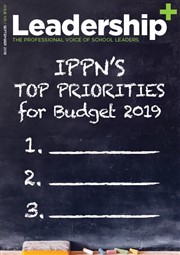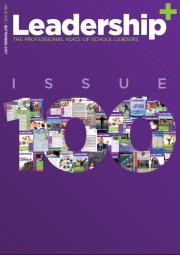IPPN calls for adequate and consistent resourcing for Autism
- Published: 04 April 2007
In the past eight years the educational provision for pupils with special needs has changed radically. Two of the main reasons for this were the high profile O'Donoghue and Sinnott court cases and recent legislation. The Education Act 1998 is an Act to make provision in the interest of the common good for the education of every person in the state, including any person with a disability or who has other special educational needs. The Education Welfare Act 2000 that further reinforced the entitlement of every child in the state to a certain minimum education followed this. The Equal Status Acts 2000 & 2004 promotes equality of opportunity, requires reasonable accommodation of people with disabilities and allows for positive action. The Education for Persons with Special Educational Needs Act 2004 is an Act to make further provision for the education of people with special education needs, in an inclusive environment where possible, to establish the National Council for Special Education, to confer certain functions on Health Boards regarding the education of people with special needs and to enable appeals to be made when necessary. The Disability Act 2005 is an act to enable provision to be made for the assessment of health and education needs occasioned to persons with disabilities by their disabilities.
Originally the Department of Education & Science had a policy, in relation to Special classes for autism, of providing a teacher and two Special Needs Assistants for every six pupils. Many other court cases followed the O'Donoghue and Sinnott judgements and this resulted in the DES in providing extra resources. At last years IPPN's conference this differing provision was discussed. It was agreed to survey principals to ascertain the current situation in schools, the levels of support and the areas of major concern.
In total 210 principals responded to the questionnaire. This was an excellent return and gives a good overall view of the current level of provision. 80% were from co-educational schools and the divide between urban and rural was evenly split. Of the respondents, 16 were from special schools, 46 had special autistic classes, (varying from one to three), attached to mainstream schools, and the remainder were schools that had autistic pupils in mainstream classes. The special classes catered for pupils with Higher Functioning Autism, Aspergers Syndrome, Autism with Mild Learning Disability, Autism with Moderate General Learning Disability and Autism with Severe General Learning Disability. The size of schools varied from two teacher schools right up to the very large schools. Six of the schools were 'Primarily ABA', 14 were 'Primarily Teach', while the majority had an 'Eclectic Approach'.
Related documents
![]() IPPN calls for adequate and consistent resourcing for Autism (MS Word 64k)
IPPN calls for adequate and consistent resourcing for Autism (MS Word 64k)






